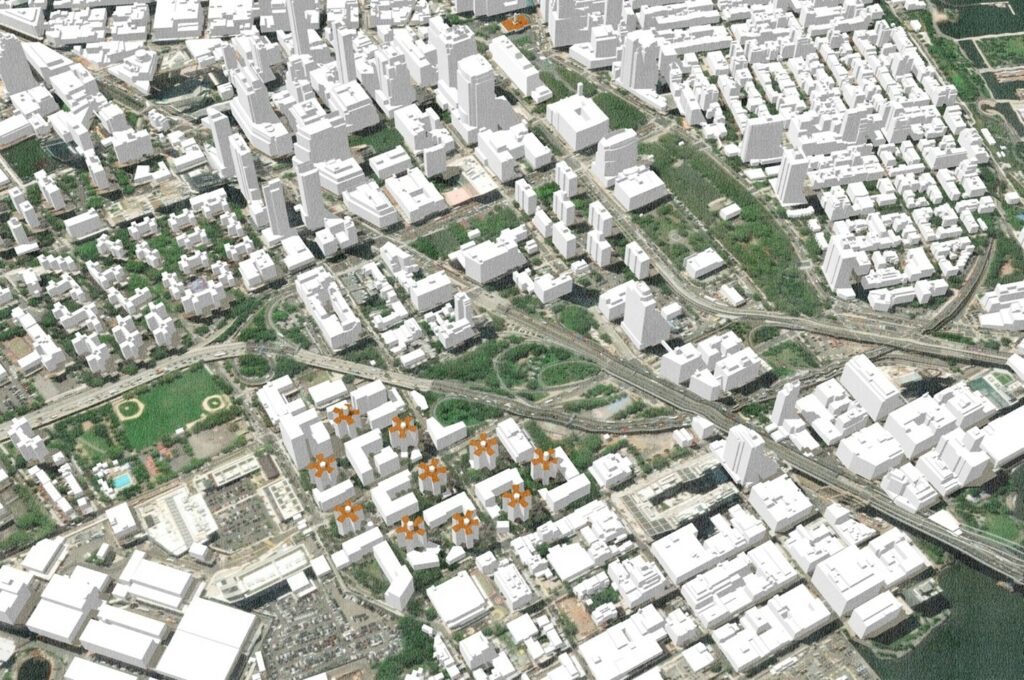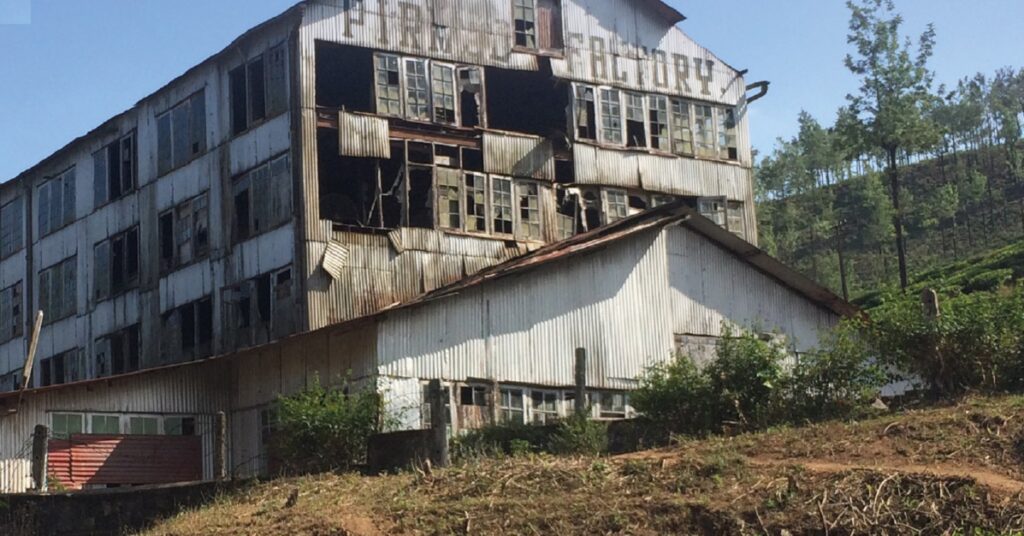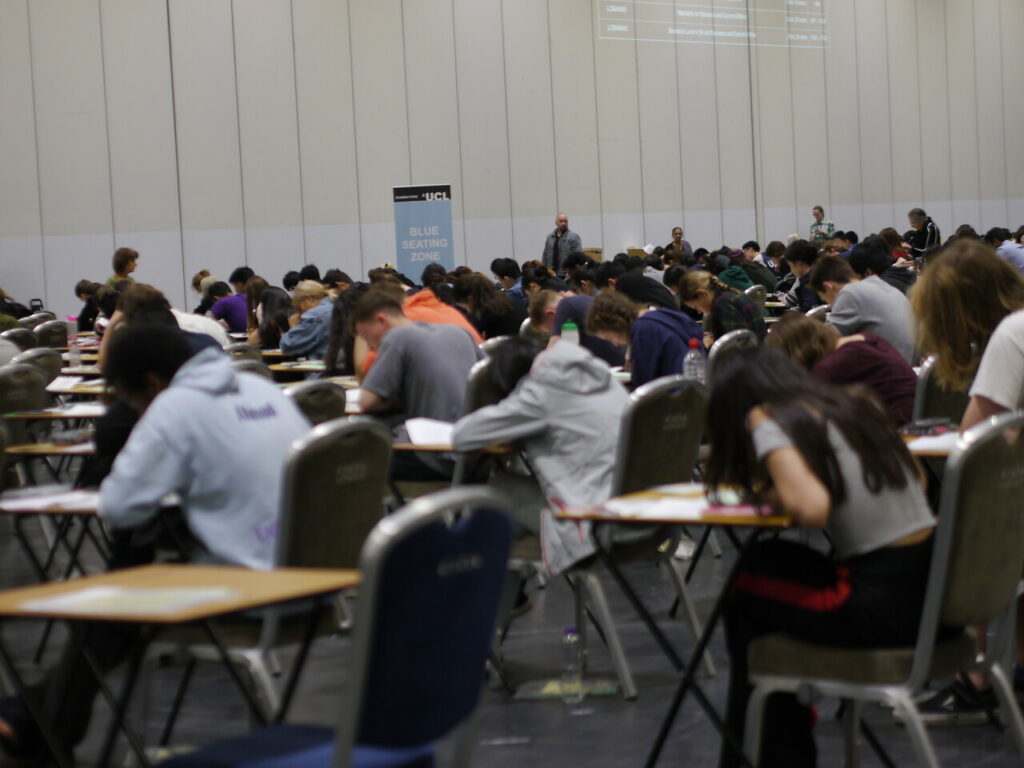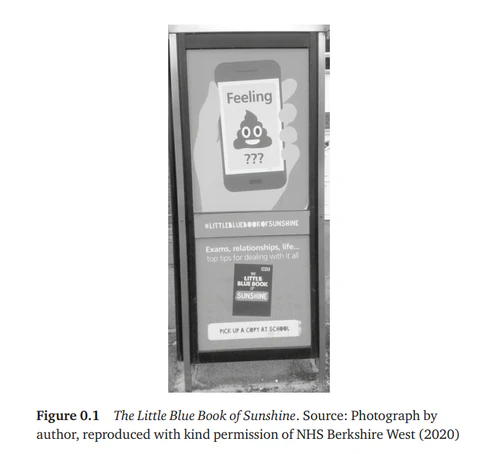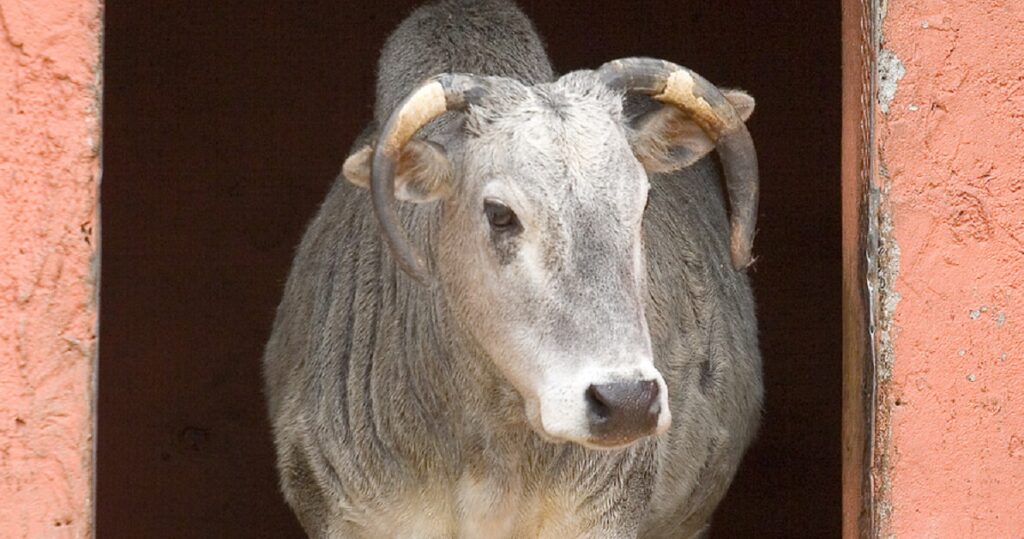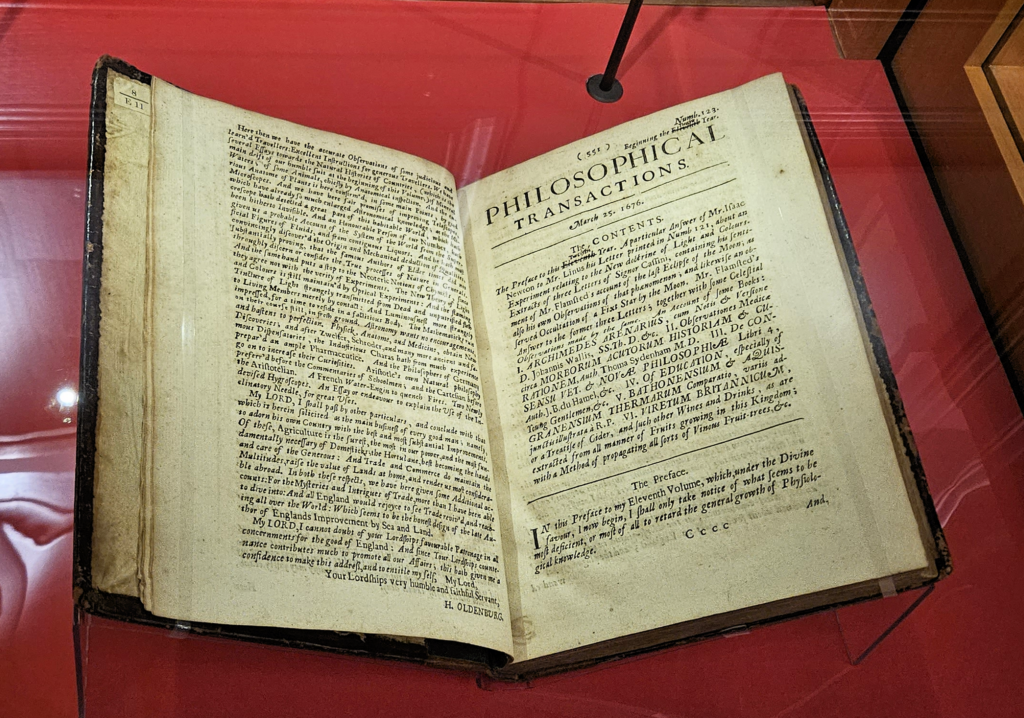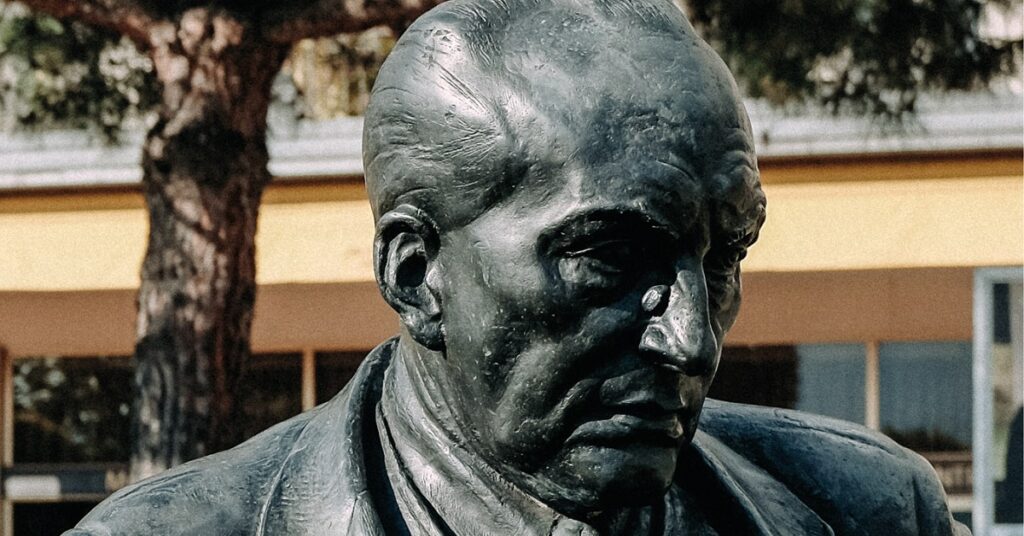
In today’s guest post, Maria Rubins talks about Redefining Russian Literary Diaspora, 1920-2020, which resulted from an international research project uniting leading experts on Russian culture from British and American universities.
The last hundred years have been marked by unprecedented migrations caused by world wars, revolutions, and economic globalization. Millions of people reside today outside their homelands, speak in adopted tongues and experience challenges and advantages provided by their status as “outsiders.” This specific anthropological experience generates hybrid identities that in turn inform art and fiction created by individuals who live at the crossroads between different cultures, languages and social codes.
Narratives of immigrant authors who, like Salman Rushdie or Assia Djebar, express themselves in the languages of their host countries, have long been discussed as a special category within diasporic and postcolonial contexts. But when we turn to the rich extraterritorial Russian literature produced over the last century in various parts around the globe, from Harbin to Paris, New York, Tel Aviv and São Paulo, we discover that the dominant critical reception has mainly focused on its connection to the homeland tradition. Russian émigré writing has been routinely discussed as a minor branch of Russian literature and its artistic lineage has been traced to the same set of canonical figures (Pushkin, Gogol, Dostoevsky, Tolstoy etc.). Have Russian writers who lived abroad for decades remained somehow immune to diverse transnational flows, as opposed to their peers who originated in other countries? Is the Russian case different because most of émigré writers continued to use their mother tongue, such notable exceptions as Nabokov and Brodsky notwithstanding? And can the language be still considered a crucial factor in defining a writer’s national affiliation?
Together with a group of international experts, I set out to explore whether the hundred-year-old intellectual Russian diaspora has produced a mere clone of metropolitan literature, or an alternative cultural formation. We sought to identify distinct markers of diasporic Russian writing that go far beyond just thematic content, linguistic hybridity, a sense of alienation, nostalgia, or emphasis on the workings of memory. We examined how diasporic literature inscribes experiences that are not easily available within the metropolitan locus, giving us insight into the human condition from a perspective informed by a simultaneous awareness of at least two cultural dimensions. Contributions to the book Redefining Russian Literary Diaspora discuss characteristic ways in which diasporic texts and literary practices reframe Russian master narratives; question the dominant cultural canon; contest standard historical interpretations; reshape cultural memory; and reflect experiences of exile, deracination, migration, translingualism and multiple belonging. In particular, they engage with diaspora writers’ responses to foundational rhetorical or ideological parameters that have come to define Russian cultural politics.
For instance, in Russia, writers were traditionally perceived as “prophets” and exerted tremendous authority. Tolstoy and Dostoevsky were approached for guidance on various moral, religious and practical matters. In the 20thcentury their works were reinterpreted as a prophecy of the Bolshevik rule: Lenin famously praised Leo Tolstoy “as a mirror of the Russian revolution” whereas Dostoevsky’s Demons was seen as a visionary novel about the chaos and violence of the social upheaval. Indeed, the status of a writer in Russia has always implied ethical responsibility.
How does the sense of mission change in the diaspora? What kind of prophecy can an exiled author deliver and to whom is it addressed? As Pamela Davidson’s chapter demonstrates, the tropes of prophecy and mission were radically reinterpreted in emigration. Many post-revolutionary intellectuals saw their mission as the rejection of Soviet Russia (for some this went as far as supporting Hitler as Stalin’s chief opponent). Others regarded emigres’ geographical dispersion across Europe as a prerequisite for a fulfilment of Russia’s providential calling to mediate between Eastern and Western Christianity. Yet, others, like Nabokov, resisted any mission at all.
If we turn to another cornerstone of collective Russian identity—the victory in the Great Patriotic War (as World War II is officially designated in Russia) and the tremendous suffering during the Siege of Leningrad,– we will see that diasporic and domestic writers interpret these events differently. Mark Lipovetsky’s analysis reveals that today’s liberal-minded authors living in Russia often show a cynical, a-historical attitude to the Siege as a reaction against the manipulation of this lingering trauma by the state propaganda. By contrast, diasporic writers tend to distance themselves from the present debates, to approach the Siege through historical documents, and to minimize the internal conflicts in their representations of life in Leningrad.
Another sensitive topic, the Holocaust, was a de facto taboo in official Soviet discourse that deflated the specifically Jewish tragedy and focused on the common sacrifice of the Soviet people in the war against Nazi Germany. Diaspora naturally offered a space for reflection on this subject. It became one of the central topics in the writing of Russian Israelis and their interpretation has been coloured by the memory of Soviet antisemitism and silencing of the Holocaust and by local Israeli narratives of the shoah.
Many other key elements of the metropolitan canon have been likewise dramatically renegotiated in the diaspora. These complex processes of critical rethinking of the national tradition complemented by Russian writers’ engagement with political, ideological and cultural trends in their host countries eventually produced new forms of Russian cultural identities and alternative definitions of Russianness. By articulating a new interpretive optic of this rich legacy our book aims to highlight the generative potential of diasporic difference. In this way, we believe, the metropolitan and diasporic literatures can engage in a productive dialogue and offer a more balanced view of Russia’s past and future cultural trajectories.
About the author
Maria Rubins is Professor of Russian and Comparative Literature at the UCL School of Slavonic and East European Studies. A Russian translation is available with НЛО, under the title Век диаспоры: Траектории русской зарубежной литературы.
This post originally appeared on the UCL European Institute blog,
